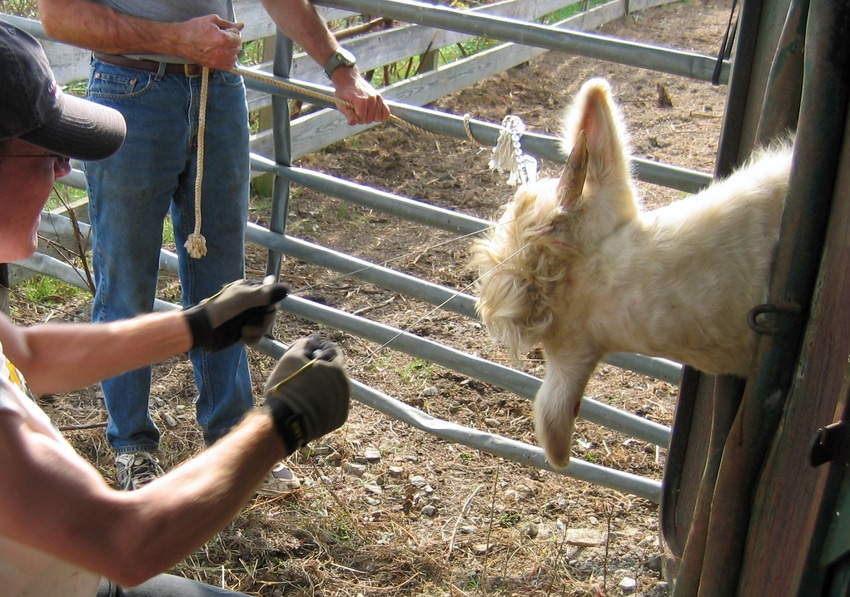AABP updates dehorning guidelines
Veterinary association updates its calf dehorning guidelines to match emphasis on animal welfare and new pain mitigation options.
December 31, 2019

The American Association of Bovine Practitioners (AABP) recently updated it's dehorning guidelines for veterinarians.
“One significant update in the dehorning guidelines is the recommendation that pain mitigation protocols for dehorning be considered a standard of care,” says AABP Animal Welfare Committee Chair Dr. Renee Dewell, Iowa State University. “This was done to reflect the considerable body of scientific evidence that has shown that calves benefit from pain mitigation protocols associated with dehorning and disbudding procedures.”
The updates follow another 2019 AABP change in which the association separated its guidelines for dehorning from castration and updates both protocols.
In 2014, AAB) established guidelines for the dehorning and castration of calves. On a regular basis, the AABP reviews and updates its guidelines to make sure they incorporate the latest scientific evidence and recommendations.
The updated dehorning guidelines can be found publicly at https://aabp.org/Resources/AABP_Guidelines/Dehorning-2019.pdf or on the AABP homepage under the Home tab.
The updated castration guidelines can be found at https://aabp.org/Resources/AABP_Guidelines/Castration_Guidelines-2019.pdf.
"The AABP felt that the topics of castration and dehorning differed enough that it made sense to develop separate guidelines to focus on the issues and considerations specific to each topic," explains AABP Animal Welfare Committee Chair Dr. Renee Dewell, Iowa State University.
More specifically, the AABP Animal Welfare Committee updated the sections in the guidelines on proper restraint, local anesthesia and systemic pain relief.
AABP says it recognizes the differences in management of newborn calves between the cow-calf and dairy industry in performing this procedure. Because dairy calves are handled daily, the guideline recommends that disbudding/dehorning be performed no later than eight weeks of age. The beef industry has made significant improvements in utilizing polled genetics and currently only 7.8% of beef cattle are born with horns according to the NAHMS Beef 2017 Cow-Calf Survey.
Source: AABP, which is solely responsible for the information provided and is wholly owned by the source. Informa Business Media and all its subsidiaries are not responsible for any of the content contained in this information asset.
You May Also Like



